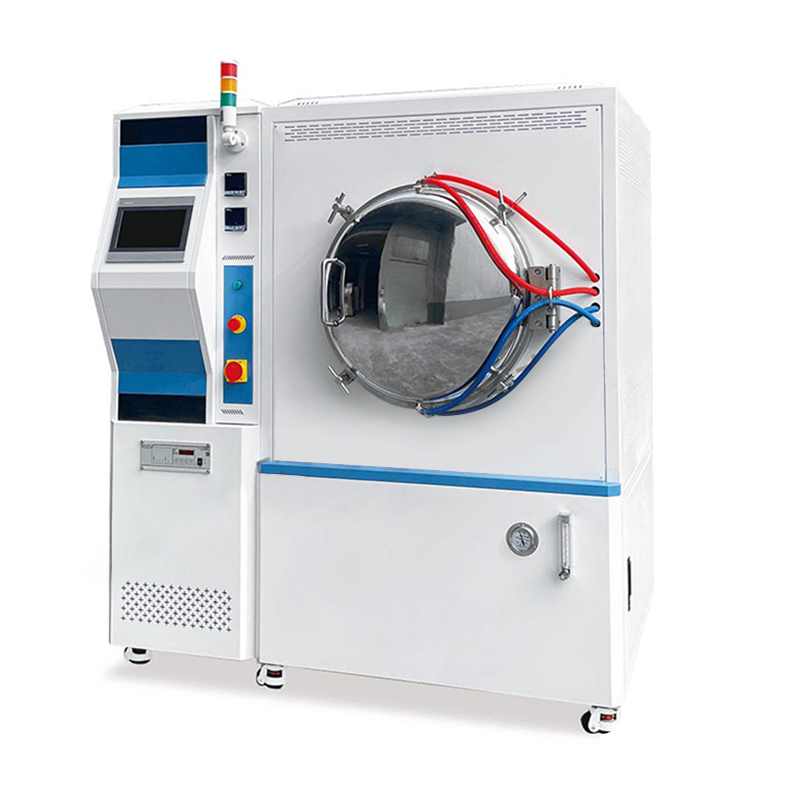
A vacuum furnace is a high-tech industrial oven used for heat treatment processes, primarily in the manufacturing and processing of metals, ceramics, and other materials. The furnace operates in a controlled vacuum environment, meaning that the air is removed from the chamber, creating a low-pressure atmosphere. This unique condition allows for specific and often superior material properties to be achieved during the heating process. Let’s dive deeper into the purpose of a vacuum furnace and why it is so essential in various industries.
Content
One of the main purposes of a vacuum furnace is to heat treat materials, particularly metals and alloys. Heat treatment refers to a series of processes that involve heating and cooling materials to alter their physical properties—such as hardness, strength, and ductility—without changing their shape.
In a vacuum furnace, this process is carried out in a vacuum or inert gas atmosphere, which helps to eliminate oxidation and other impurities. This is crucial for achieving uniform and high-quality results, especially when dealing with high-performance materials such as aerospace alloys, medical implants, and precision components.
One of the most significant advantages of using a vacuum furnace is its ability to eliminate oxidation and contamination that often occurs during heating in a standard atmosphere. In conventional furnaces, the presence of oxygen in the air can cause materials, particularly metals, to oxidize or form unwanted scales on the surface.
In a vacuum furnace, the absence of oxygen and other reactive gases helps:

Another primary use of vacuum furnaces is in sintering, particularly in powder metallurgy. Powder metallurgy is a process where metal powders are compacted and heated in a furnace to form solid materials.
In this process:
Some materials, like ceramics or superalloys, require very specific conditions for heat treatment. These materials are often sensitive to oxygen or other atmospheric gases and can easily degrade if exposed to the wrong environment.
A vacuum furnace ensures:
Brazing and welding processes are used to join metals and alloys, and in some cases, these processes are carried out in a vacuum furnace to prevent contamination and oxidation during the bonding process.
During the manufacturing of high-performance materials, such as certain metals or composite materials, gases may become trapped within the material during the production process. These gases can lead to defects, reduced material strength, or surface imperfections. Degassing and outgassing are processes used to remove these unwanted gases.
A vacuum furnace provides an ideal environment for this by:
In the aerospace and defense industries, components often require precise heat treatment to meet stringent performance and safety standards. Vacuum furnaces are used to process materials like titanium, high-strength steel, and superalloys, which are commonly used in aircraft engines, turbines, and spacecraft.
Some benefits include:
For the medical industry, vacuum furnaces are used to treat metals and ceramics that are used in medical implants, such as artificial joints, screws, and dental implants. The benefits include:
The purpose of a vacuum furnace is multifaceted, serving industries ranging from aerospace to healthcare. By providing a controlled, low-pressure environment, vacuum furnaces enable heat treatment, sintering, brazing, and degassing processes that enhance the properties of materials while maintaining their purity and integrity. Whether for aerospace, medical, or industrial applications, the vacuum furnace plays a pivotal role in producing high-performance, high-quality materials that meet stringent standards.
Introduction: Aluminum silicate fiberboard material is currently a high-performance insulation material. Aluminum silicate fiberboard has excellent properties such as light w...
Introduction: Aluminum silicate refractory fiber products are made by selective processing of pyroxene, high-temperature melting, blow molding into fibers, solidification mol...
Introduction: 1、 Shaped ceramic fiber furnace lining for high alumina ceramic fiber board The shaped ceramic fiber furnace lining of high alumina ceramic fiber board mai...